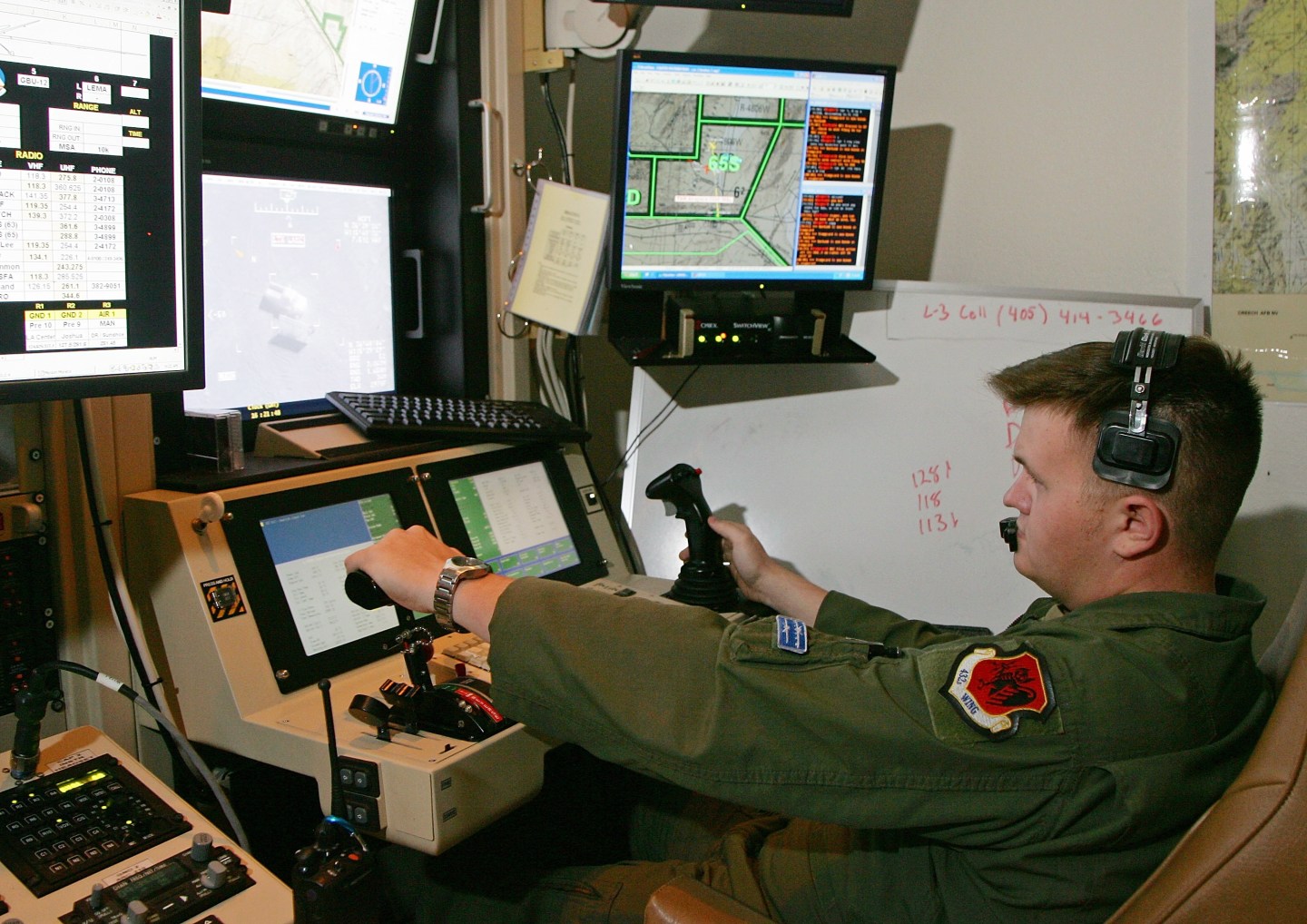The Pentagon is planning to increase daily drone flights by 50% over the next several years — the first significant boost to the nation’s drone program since 2011.
The plan is a reaction to the increasing number of “global hot spots” requiring surveillance, including Russia, Iraq, Syria, the South China Sea, and North Africa, according to a Wall Street Journal report.
The AP reports that the decision came on the heels of the Air Force’s request to reduce its current combat air patrol mission load from 65 to 60 per day. The Air Force had been almost exclusively responsible for drone missions, and the sorties were exhausting pilots and crews. The new plan would reduce the Air Force’s responsibility for drone flights by having the Army conduct about 16 daily flights and U.S. Special Operations Command and civilian contractors perform about 10 each, totaling around 90 flights per day by 2019.
The ramped-up plan also calls for increased capacity for lethal airstrikes, according to the Journal, as well as a new focus on maximizing the use of drones while they are in the air.












